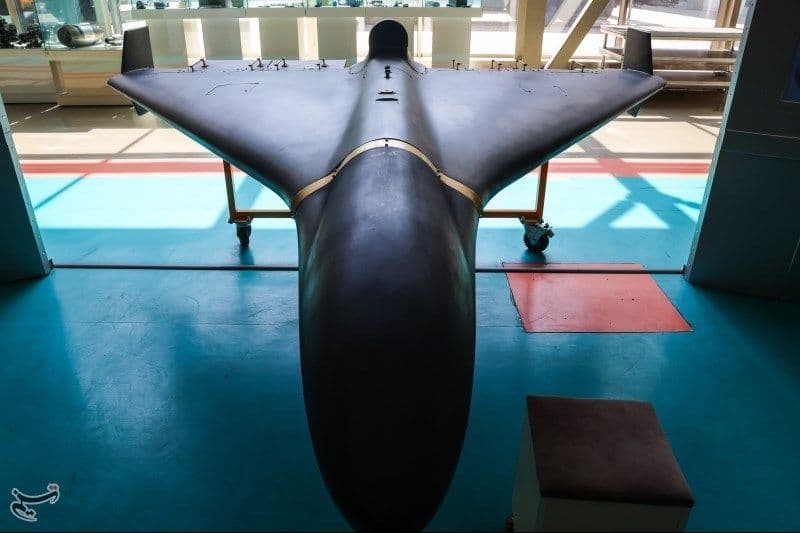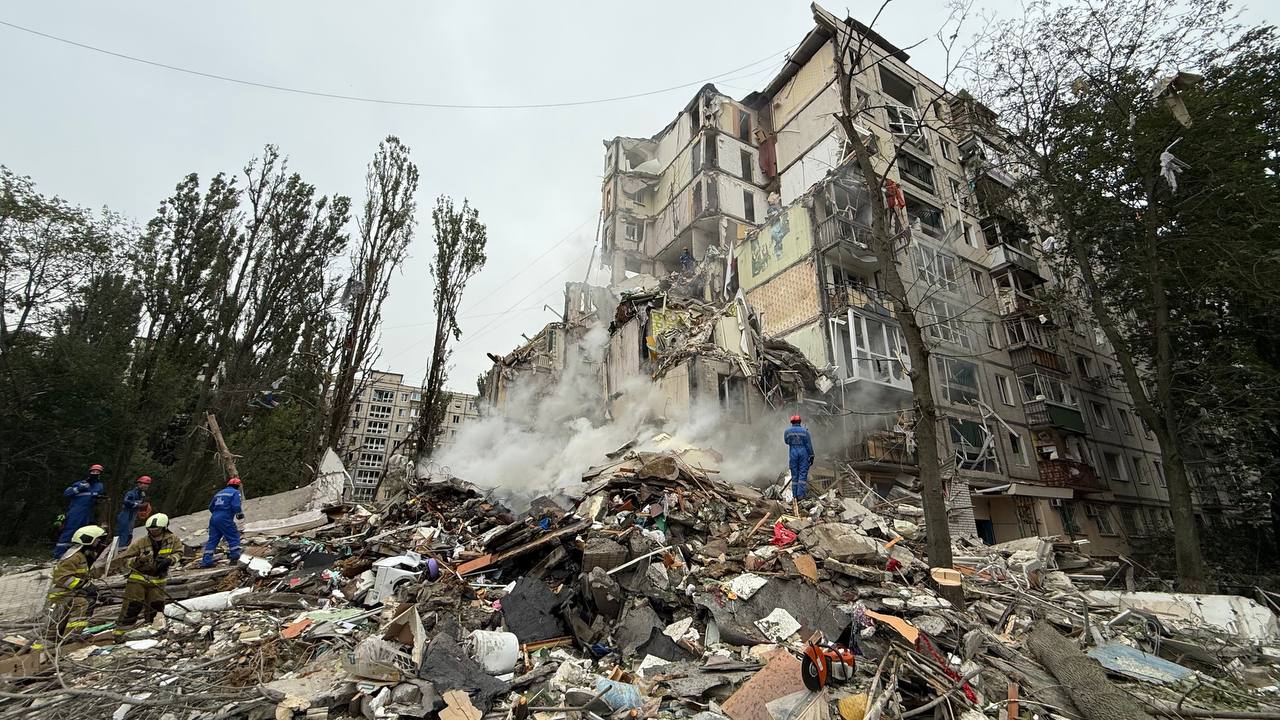Russia’s rocket-powered kamikaze drones are now hitting Kyiv — here's everything we know

Russian rocket-powered Shahed-type drones were used the massive aerial attack on Kyiv overnight on July 31, news outlet TSN reported, citing Interior Minister Ihor Klymenko.
"There is preliminary information that there were rocket-powered Shahed-type drones, which have been used against civilian and municipal infrastructure in Ukraine and Kyiv several times," he said.
Klymenko added that experts are still assessing the number of rocket-powered drones deployed.
The barrage killed at least fourteen people and injured 135, with children among the casualties, local authorities reported. President Volodymyr Zelensky said Russian forces launched over 300 drones and eight missiles against Kyiv and other Ukrainian regions in the assault.
Shahed-type drones — Iranian-designed and Russian-produced version called Geran-2 — have become a central weapon in Moscow's strike arsenal, valued for their ability to carry large warheads.
Often painted black to make them less visible at night, Gerans can cover about 2,500 kilometers (1,554 miles) and reach speeds of up to 180 kilometers per hour (112 miles per hour), mirroring the performance and design of its Iranian counterpart, according to Ukraine's military intelligence.
Their use has surged since late 2022, allowing Russia to conduct long-range attacks at a lower cost than traditional missiles.
Russia's rocket-powered drones
Russia has continued modifying and modernizing the Shahed-type drones since then, with the first jet-powered drone reported downed in January 2024.
"These drones are highly dangerous," Samuel Bendett, a senior fellow at the Center for a New American Security think tank, told the Kyiv Independent.
"They can cover the same distance as a regular Geran, but in much less time. I believe the Russians have been refining the design, increasing the warhead size, adding more explosives, and improving the drone’s flight capabilities," he added.
According to Ukraine's military intelligence (HUR), the new drone is an upgraded version of a Geran-2 rather than a Geran-3 which it says is still in development.
"Russia reportedly plans to produce around 4,000 of these upgraded (Geran-2s) by the end of 2025," Oleh Chornyi, acting head of HUR, told the Kyiv Independent in a statement.
According to reports, the drone is around 3.5 meters long, has a 3 meter wingspan, can fly at a height of over 9,000 meters, and has a flight time of around two hours.
Earlier reports suggest it has a cruising speed of 520 kilometers per hour and carries a 50kg warhead.
Ukraine's air defenses are already stretched in the face of nightly aerial assaults employing hundreds of drones, and the use of even faster versions will make them even more difficult to defend against.
Russia has, moreover, been quicker to upgrade its Shaheds than Ukraine has been to upgrade its defenses against them, according to Taras Chmut, the executive director of Come Back Alive, a charity that supplies soldiers with weapons.
“Their number is growing faster than the opposition from Ukraine’s side — plus, these weapons are growing more technologically sophisticated," he told the Kyiv Independent earlier this month.
One of the fledgling technologies in Ukraine's defensive arsenal are interceptor drones. Ukraine's Defense Ministry said that 10 models of interceptor drone were undergoing testing for anti-Shahed performance at the moment.
How they fare against rocket-powered versions isn't currently known, but Bendeett says the "principle remains the same."
"You need to identify the drone, track it, and then shoot it down, he said, adding: "That is why Ukraine is developing various types of drone interceptors — fast-moving aerial interceptors that can quickly gain altitude and speed, allowing them to slam into incoming Gerans.
"This is definitely a technical solution to counter the new threat.”
But the threat is constantly evolving — the HUR spokesperson said the Geran-3 would be larger than the Geran-2 and Russia "is preparing to manufacture three prototypes, with testing expected to follow shortly afterward."
"Serial production is projected to begin in summer 2026," they said.
Russian forces have escalated their air campaign throughout 2025, breaking records in drone use while inflicting rising civilian casualties. Kyiv has called for additional international support to strengthen its air defense network and boost domestic drone production.














